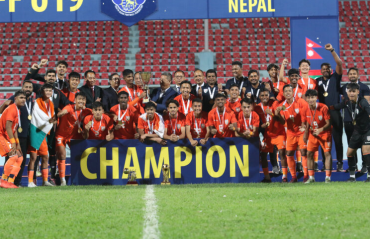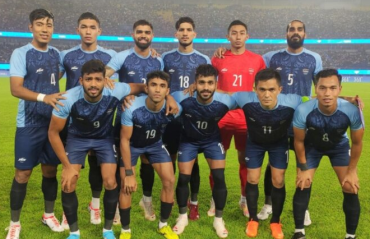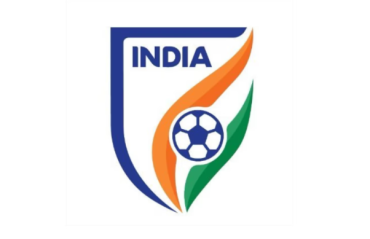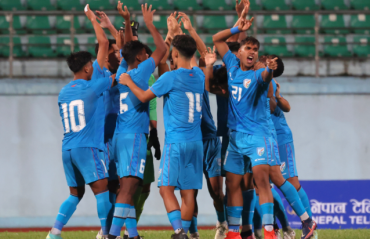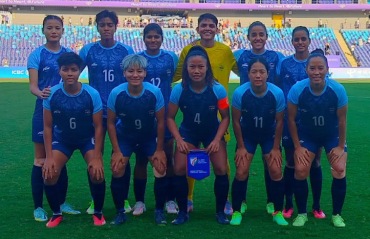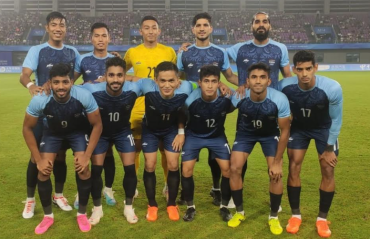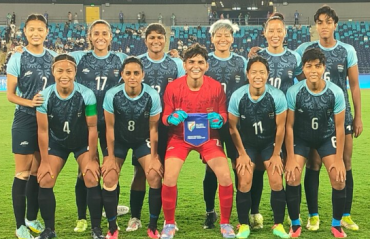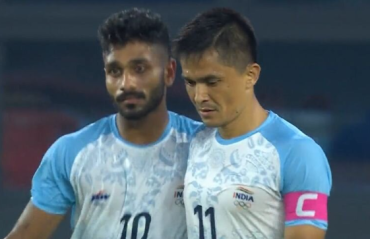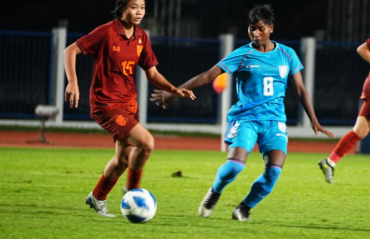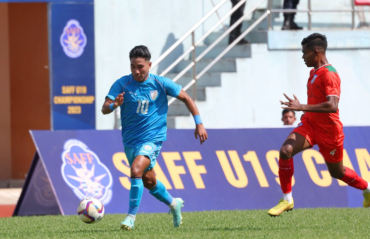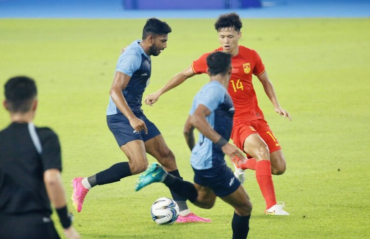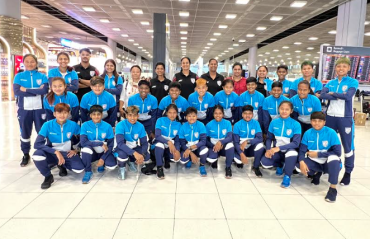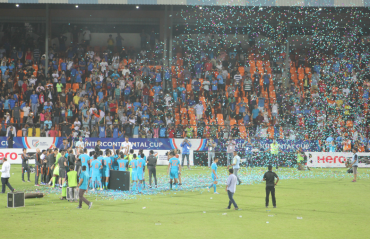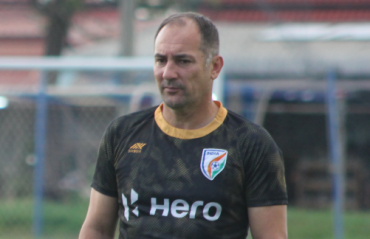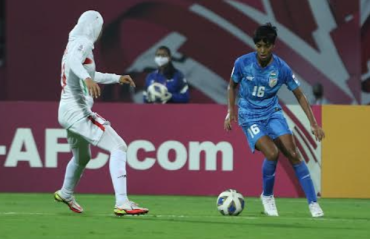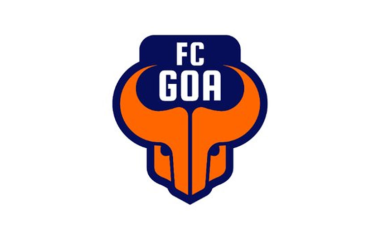A unified domestic league structure: the road ahead for Indian football
- By Bratish Poddar
- March 01, 2016
Football as a past time is a free-for-all jovial affair. But professional football, though featuring the same emotions, is quite a different ball game. No country ranks above another in the amount of raw unharnessed talent in any sport.
It is however, the ability and capacity of a country to harness this talent and model it into an efficient and functional entity that decides who is better at the game. Indeed, it is the ‘competition’ that principally distinguishes among professionals and professional from amateur.
Just like any other sport, football needs coordinated and permanent professional leagues to blossom; leagues that encompass and provide a holistic platform for competition and which run not in competition to other domestic leagues, but in harmony with them. But where this sport delineates from others, is in a unique attribute- the club culture. Though not alien to other sports, it is in football that the club system has grown exponentially and rendered itself indelible. Without digressing to the nuances of clubs, one can say that clubs cannot survive without professional leagues; ‘professional’ being the key word. For the word professional suggests not only the involvement of money but also regular competitiveness: arguably the life-supports of clubs. After all, clubs are institutions of professional football and they need regular football to conduct their avocation and also finances for and from the same. As such, to return to the primary point, development of football in a country requires a coordinated, consolidated and competitive league structure.
Let us take recourse here and consider the case of development of football in Europe and South America. Both continents stand at the pinnacle of football, with their countries having shared all of the World Cup titles between them. In both continents, the sport has roots in all sections of society of the population and is followed religiously by a large fraction of the population. But the reason for the success of these countries is not only the popularity of football as a pastime (religion rather) but also as a viable career option. The people’s passion has been translated, by the sporting institutions of these countries, into professionalism. Young aspirants actively consider turning into professionals because of the impetus that has been given to the sport. The story of Wendell Lira who went from being a part time waiter to winning the FIFA Puskas Award is an inspiring precedent.
The prime channel for this has been through the clubs and academies. It is indeed these institutions that have taken footballers from the streets and elevated them into international players and celebrity-idols for millions. This grassroots development structure is the story behind the apotheosis of football in today’s world. Children right from the pre-teen ages are trained by these clubs and slowly moulded into professionals.
However this development cannot be accredited to the clubs alone; the leagues also play a big role- leagues which run round-the-year and have a proper promotion-relegation system with lower divisions provide a platform for players to compete, learn and improve. These leagues are the instrument for fostering and harnessing nebulous talent, maintaining standards and allowing the standards to rise naturally. A wide reach throughout the country is an integral feature as it ensures an eclectic talent pool and a chance for football to blossom everywhere. With increasing commercialization, money has inevitably become an important factor and this is no doubt necessary for the entire structure to remain financially viable.
For a more relatable testament to the success of such a model, one only needs to look towards the Indian North East. With 41 players from Mizoram alone spread across the 9 I-league clubs, not to mention the region’s dominance in the Indian national squad (six North-Eastern players started in the recent South Asian Football Federation Cup final), the region has become one of the powerhouses of Indian football. Helped by the relative absence of competition from other sports like cricket, football has blossomed. The people’s passion has precipitated in the form of a successful self-sustaining professional league structure. Stars have emerged -Biachung Bhutia and Jeje to name a few- and have become household names. Intra-state leagues such as the Mizoram Premier League which feature established clubs with active academies and grassroots programmes, have become one of the most popular sporting events. In fact, Aizawl FC and Shillong Lajong’s home games regularly witness crowds of over 10,000. Sports has invariably come to mean football.
But sadly, the overall Indian professional football structure has provided an antithesis of the successful European and South American models. Haphazard, disorganized and unconsolidated leagues constitute India’s professional football. The AIFF, our governing body, has been in existence for nearly 79 years, but it only started our incumbent national ‘premier’ league just 8 years ago. In fact, there was no all-India league before 1996 (although due to different conditions, the National team was better in those times than it is now). Several century-old clubs exist till date and these competed only in their respective State/district league and in a few all-India knock out style tournaments. National level competition was and still is, alien to a majority of Indian clubs and cities.
The current status does paint a dismal picture. District and state leagues, which get very little popularity and which have almost zero investment, forget fan-bases, are the primary leagues for most clubs. The national league, the I-league, is as limited in participation as it is in duration. Additionally, it has just one sub-division and a few youth divisions, which some might say have been hastily instituted in preparation for the U-17 World Cup, to be hosted by India in 2017. And the blatant ignorance shown by the AIFF towards it (in terms of marketing, popularization, and investment) certainly does not help.
As such, the country’s football for the greater part of the season is divided by states and districts, each running separate leagues; which has resulted in the isolation of clubs and a marked restriction of the talent pool to certain pedigreed ‘hubs’. Lower clubs have been unable to break into the upper echelons of national football. The careers of many promising players have no future because of this isolation.
Financial repercussions of this have been felt. Not only has the public’s interest been discouraged, but investors have also been reticent. The fact that Asia’s oldest club, Mohun Bagan has been struggling to find a sponsor despite winning the I-league last season and also representing India in the AFC Champions League is a prime example.
Our national team too has been hovering around the 150th position in the FIFA rankings for a long time, not helped by the insignificant number of practice matches and friendlies. We even failed to defeat Guam, an island nation which is lower in terms of ranking as well as population (less than a million) last year.
Add to this melee, the Indian Super League (ISL). Constituted primarily as a commercial venture, though not promoted as one, the ISL has literally taken Indian football by storm. Not only has it brought renowned players to India, but it has also managed to attract unprecedented crowds in several football-backward cities of the country. In fact, the Indian Super League was ranked fourth in terms of average attendance, last season.
However its ground contribution to the development of the game has been negligible. Starving the I-league (India’s top division), denigrating the National team, introducing capitalism in the beautiful game; these have been only some of the ill-effects of the ISL. Additionally, the franchises have offered little so far, in the form of youth systems.
It is fair to see that in terms of development, the tournament has been ‘futile’ and will continue to be so, as long as it runs in competition to the I-league. Indeed, in the last decade, Indian football has come to a dismal stagnation.
But the time is ripe to bring about a change. The growing Indian Super League has put India on the world football map. The urban public’s interest has been stirred too and well, how could it not be when the names of Pires and Anelka are heard in metropolitan stadiums. Aggressive and professional marketing strategies have drawn healthy crowds. Franchises have started to settle as well and gradually, grassroots programmes (though unregulated) are emerging. Players have been inspired too and their training under expert coaches alongside internationally renowned players, has boosted their performances and confidences, as has been evident in the National team’s recent performances.
The precedent set by Bengaluru FC also provides a readymade path for franchises to follow. This corporate-backed club has not only established itself as one of the best in Indian football by winning the I-league in its very first attempt, but has also shown how the right marketing strategies can coax the football-crazy Indian youth into becoming hardened and regular supporters of local teams. The latter point is in fact, one area where the ISL has largely failed (primarily due to its short duration) and would do well to improve.
Another boost has come in the form of the extensive U-17 World Cup preparations being undertaken. Stadiums have been upgraded and neglected academies have been rekindled. Under coach Nicolai Adam, a team of scouts has been assiduously scouring the country for young talent. Several states like West Bengal and Assam, which actually have prominent youth programmes and district football, have been scanned and players recruited. On a related note, the scouting done by the National coach and the resultant emergence of Lallianzuala Chhangte, the 19-year-old who scored two goals against Nepal in the SAFF Cup, further showcases the potency of Indian youngsters and the promise of youth programmes.
A team of probables has been constituted (for the U-17 World Cup) and they have been touring the country and the world on exposure tours. Players have been identified and inducted from the former as well. A Polish ex-footballer recently quipped the same-“The under-17 World Cup can be a platform to go forward.”
Indeed, the field has been ploughed. It is high time that the AIFF assess the ground situation, stop grappling around with stray ideas and ambitious ‘visions’, and sow the seeds of much needed change.
Firstly, the problem of the two-leagues must be addressed. One can easily understand from the Major League Soccer (in USA, a country which regularly features in the World) the potency of the Indian Super League. And there has already been some initiative in this area. AIFF Vice President Subrata Dutta recently announced that Bengaluru FC, Mohun Bagan and East Bengal would be ‘elevated’ to the Indian Super League in 2017, and that the AFC club-licensing criteria, which demand clubs to have youth teams (among other requirements), would be enforced. Though this is no game-changer, it is certainly a positive start. The I-league and its divisions, which will be retained as separate entities must gradually be ameliorated and brought into the mainstream. The Federation Cup-like tournament which includes participation from all national leagues, can be a good place to start.
A lot is going to depend on the franchises and whether they can be ‘brought around’. Only a concerted effort from the AIFF, armed with a financially viable and progressive vision for Indian football, can have any hope of achieving that, considering the monetary interests of the Bollywood stars and corporate giants involved. IMG-Reliance, the owners of the ISL, are currently major stakeholders in Indian football. Without their active participation, little will be possible and hence, the AIFF must provide to them a picture of the financial, developmental and sporting advantage of a unified league.
Another factor to consider will be the existing I-league clubs and academies. Their youth development systems have contributed profoundly to Indian football, the example of the Tata Football Academy being one of the most palpable.
Extension beyond the 2nd Division is also necessary and several age-divisions must be introduced and proliferated. In fact, the present sub-divisions are already displaying positive signs of development. The emergence of Lonestar Kashmir FC via the 2nd Division, whose home matches witnessed sizeable crowds in the turbulent and frigid atmosphere of the Valley, underscores this, along with the socio-economic impact of football.
Unlike as in cricket, the State football associations have a minimal role on the national stage. However, the expertise and experience of associations, especially those like the Indian Football Association (West Bengal), can provide crucial support if harnessed. A prominent role in youth development must be assigned to all these associations and their internal leagues must be encouraged. These could also be turned into qualifying tournaments for the national level. Currently, the Santosh Trophy (the inter-state competition) runs, rather incongruously, with the national structure. To turn it into a youth-event would not be unwise and would bring it closer to the ultimate objective of unified Indian football development.
In the present scenario, neither a top-down approach, with the ISL as the starting point, nor a bottom-up approach, starting from the grassroots, can be a panacea for Indian football. Rather, a blend of both is needed. And the current period is truly a prime time for that to transpire.
However, the solutions stated here are perhaps the mere dreams and fantasies of a tender fan. Riddled with naiveté and incompetence and now overpowered by corporate houses, Indian football still has a long way to go before there can really be an awakening. Perhaps there may even not be one. As it stands, Indian football cannot get worse, though it certainly can’t get better overnight either. We seem to be headed towards a path of incremental rise, one that comes across a World Cup slot in the extremely distant future. However, there exist other roads, blocked by no one but ourselves. The ‘sleeping giant’ has awakened; only its eyes are closed.









